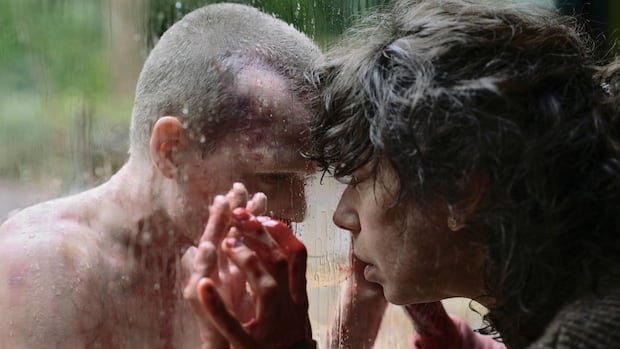Are movies still capable of instilling fear in audiences today? The question isn’t about whether they can shock us. The trend in the early 2000s towards violent, gore-centric films like “Saw,” “Hostel,” and “The Human Centipede” demonstrated that extreme depictions of violence can still make us cringe. Recent horror films, such as “The Substance,” “Sinners,” and “The Invisible Man,” have shifted towards using horror as a means of exploring deeper societal issues like racism, colonialism, and misogyny, suggesting that real-world horrors can be more terrifying than supernatural ones.
However, for films aiming to provoke traditional fear of the unknown, the task may be more challenging. One such film, Michael and Danny Philippou’s latest A24 production, “Bring Her Back,” follows their previous viral success, “Talk To Me.” While visually stunning and artistically crafted, “Bring Her Back” leans more towards a blood-soaked drama than a pure horror experience. The plot, revolving around a supernatural possession theme akin to “The Exorcist,” may be predictable for some viewers, unraveling its storyline within the first few minutes of the film.
Unlike meta-fictional horror films that cleverly deconstruct genre conventions, “Bring Her Back” aims to deliver a more classic horror experience. The narrative follows blind teenager Piper and her step-brother Andy after their father’s death, uncovering eerie secrets within their foster family. As tensions rise and unsettling behaviors surface, the film builds a sense of malevolent unease, hinting at dark truths lurking beneath the surface.
While the plot may follow familiar horror tropes, the film’s performances by Billy Barratt and Sally Hawkins shine, adding depth to the narrative. Despite a somewhat predictable ending, “Bring Her Back” succeeds in creating chilling moments through its gruesome visuals and eerie sound effects, keeping viewers on edge.
In today’s film landscape, truly unsettling horror experiences are becoming increasingly rare, as audiences are desensitized to traditional scare tactics. The challenge for filmmakers lies in finding new ways to evoke discomfort and provoke emotional responses from viewers. “Bring Her Back” tackles this challenge by delving into themes of betrayal, manipulation, and broken trust, creating an atmosphere of unease rather than outright terror.
Ultimately, while “Bring Her Back” may not induce traditional fear, its ability to elicit discomfort and provoke introspection makes it a standout in the modern horror genre. The film succeeds in pushing boundaries and challenging audiences to confront unsettling truths, showcasing a different approach to horror storytelling in today’s cinematic landscape.

